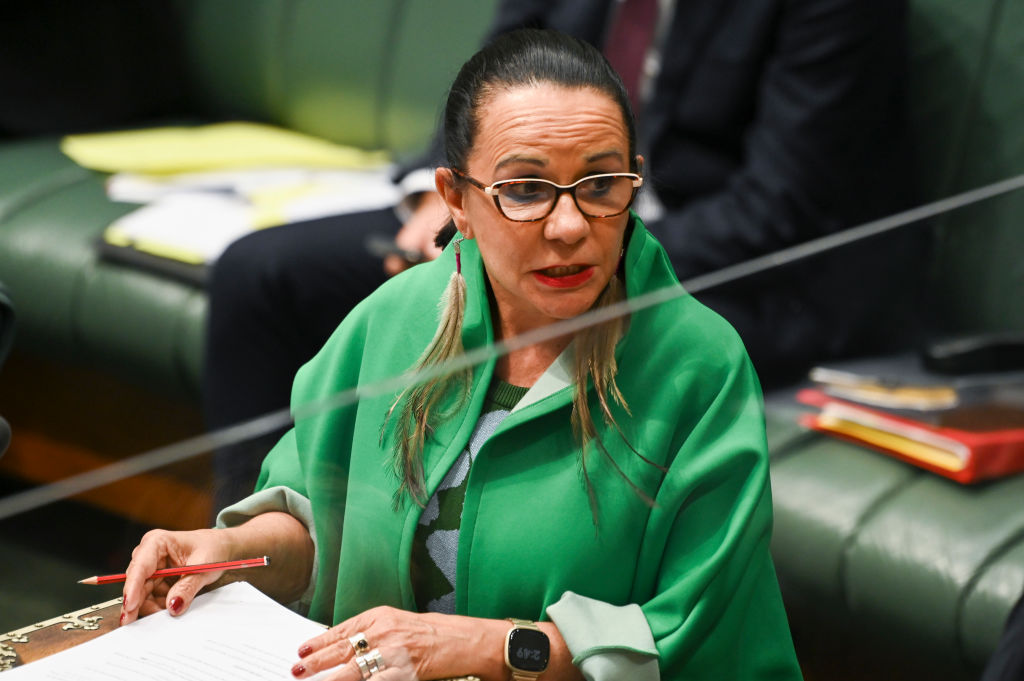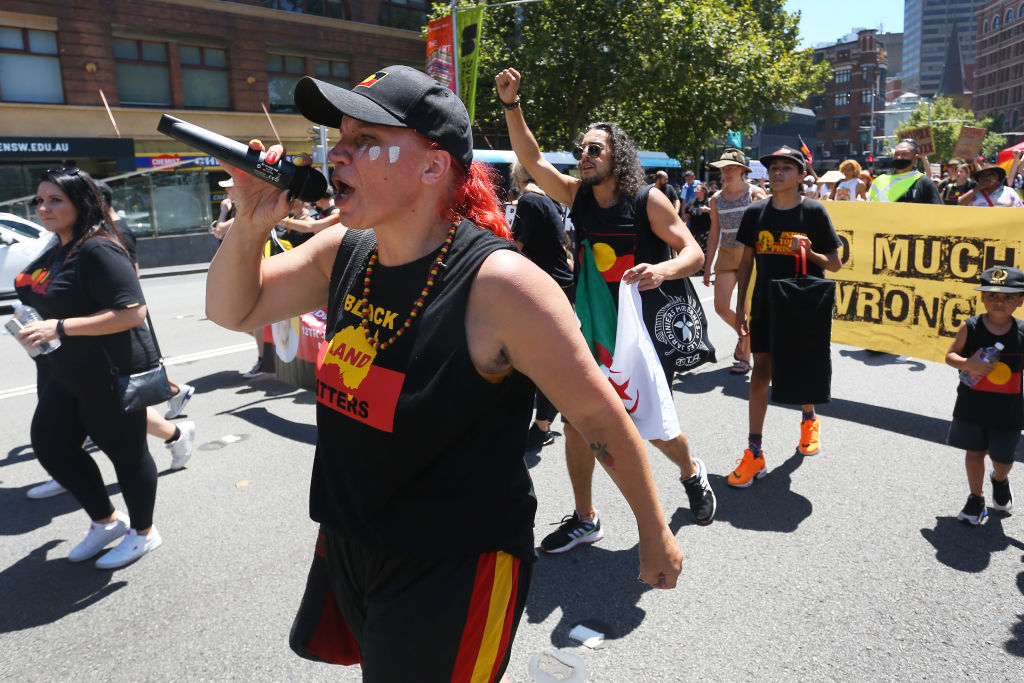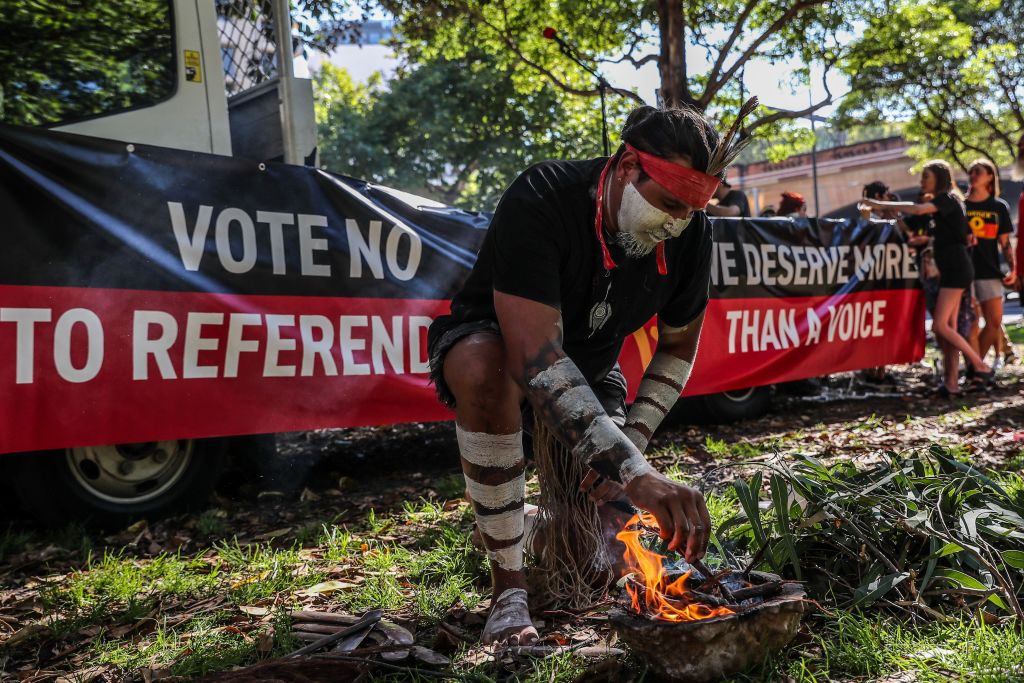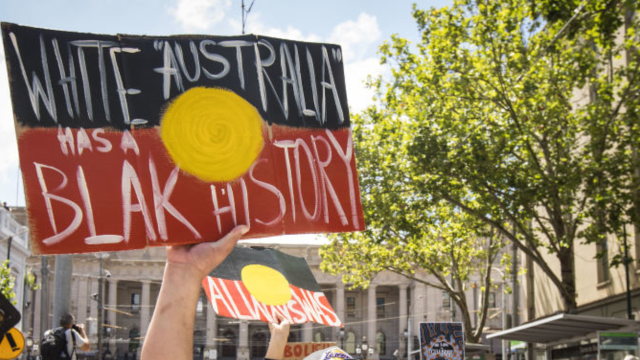If you’ve spent any time on social media or watching the news lately, you’ve probably heard debates and discussions around the introduction of a First Nations Voice to Parliament and the upcoming referendum put forth to the Australian public.
Last we reported on this, the legislation to establish the referendum on implementing the Indigenous Voice to Parliament into the constitution had passed the House of Representatives.
In the lower house, the legislation received 121 votes in favour of the bill and 25 against.
The Senate then passed the legislation to hold a referendum in June with 52 votes in favour and 19 against.
Then we heard that the date for the Voice to Parliament referendum would be announced by Prime Minister Anthony Albanese on August 30. The Prime Minister has since confirmed that the referendum will take place on October 14, 2023.
Although there is a lot of talk about it, it’s hard to decipher what the Voice is, who supports it and what it’s aiming to achieve.
The arguments are also incredibly nuanced and intertwine with conversations around colonisation, land rights, deaths in custody and housing. It is incorrect to assume that all Indigenous peoples will automatically be in support of the Voice. Several incredibly valid arguments are being raised in both opposition to and in support of the Voice.
As always, it is important to remember to listen to First Nations Peoples and what they say about the Voice.
So, as the nation gears up to head towards a referendum, we’re going to break down what you need to know from the different campaigns for and against the Voice and what it will look like.
What is the Voice to Parliament, exactly?

Details on the Voice to Parliament are currently notoriously vague, but both Prime Minister Anthony Albanese and Minister for Indigenous Australians Linda Burney have mentioned that it’s part of their commitment to implementing the Uluru Statement From the Heart in full.
The government has announced the proposed question that Australians will be asked in the referendum as well as the draft constitutional amendment that will enshrine the Voice to Parliament.
Albanese said the Referendum Working Group has settled on the following question:
“A Proposed Law: to alter the Constitution to recognise the First Peoples of Australia by establishing an Aboriginal and Torres Strait Islander Voice. Do you approve this proposed alteration?”
The alteration will also include the amendment of the constitution to include a new chapter titled, ‘Recognition of Aboriginal and Torres Strait Islander Peoples’.
Details are as follows:
In recognition of Aboriginal and Torres Strait Islander peoples as the First Peoples of Australia:
- There shall be a body, to be called the Aboriginal and Torres Strait Islander Voice;
- The Aboriginal and Torres Strait Islander Voice may make representations to the Parliament and the Executive Government of the Commonwealth on matters relating to Aboriginal and Torres Strait Islander peoples;
- The Parliament shall, subject to this Constitution, have power to make laws with respect to matters relating to the Aboriginal and Torres Strait Islander Voice, including its composition, functions, powers and procedures.
The details are similar to what Albanese suggested be added to the Australian constitution during his speech at the Garma festival in Arnhem Land back in July of 2022.
So, what exactly does this wording mean?
Well, it means that the Voice would advise the Australian Parliament and government on issues that relate to, and affect, the social, spiritual and economic wellbeing of Aboriginal and Torres Strait Islander peoples, as outlined in the Indigenous Voice co-design report.
The Indigenous Voice to Parliament would also be consulted by the government on matters that overwhelmingly affect First Nations Peoples like land rights, native title, employment, housing, social programs, the NDIS or environmental protections.
It’s also important to note that although the Voice would be able to table formal advice in parliament with a committee considering said advice, all elements are non-justiciable. That means that this consultation cannot invalidate any law or have a court challenge.
The Voice co-design report, which was produced by Professors Marcia Langton and Tom Calma with a group that was appointed by Ken Wyatt, former Indigenous Minister, was the result of 8 months of consultation with 9,478 people, groups and organisations.
In it, it’s recommended that the Voice to Parliament have 24 members, with a gender balance being structurally guaranteed. These 24 members would consist of two members from each state and territory and the Torres Strait. An additional five members would represent remote areas, one each from New South Wales, Queensland, South Australia, Western Australia and the Northern Territory. An extra member would also represent Torres Strait Islanders living on the mainland.
There would also be two co-chairs of a different gender who would be selected by the members of the Voice every two years. Members would serve four-year terms, with half the membership determined every two years.
Each member can only serve two consecutive terms to promote new ideas and people consulting the government.
The report also recommended that the Voice to Parliament have two permanent advisory groups that are separate from the membership. One is a Youth Permanent Advisory Group, and the other is a Disability Permanent Advisory Group.
Within the report, it’s proposed that there will be 35 regions, each broken down by state and territory determined by communities and governments within said regions. These local voices would provide advice to the non-government sector and to all levels of government.
It’s important to note that this report isn’t necessarily what the Voice will look like. The government are still consulting with advisory committees and First Nations peoples about what the final design will look like.
What the Voice to Parliament isn’t
Burney said in an interview with ABC that the Voice to Parliament will not have any veto power.

This means that the Voice will not have the ability to veto the decision of the parliament or open the government up to challenge in the High Court.
The Voice to Parliament will also not act as an organisation that delivers services or manages funding but simply acts as an advisory body to the Australian Parliament.
What and when is the referendum?
When the government proposes changes to the Consitution, there must be a referendum so that all Australians can vote on whether they want the changes implemented or not.
Prime Minister Anthony Albanese said that the yes or no question should be ‘simple and clear,’ regarding whether the Indigenous Voice to Parliament should be enshrined in the Australian Constitution.
The draft question Albanese said at the Garam festival read, “Do you support an alteration to the constitution that establishes an Aboriginal and Torres Strait Islander Voice?”
The referendum will take place on October 14, 2023.
What is the Uluru Statement From The Heart?
The Uluru Statement From The Heart is the continuation of calls made over several decades by First Nations peoples to move past Australia’s colonial legacy and be recognised and heard in their traditional country. All with the right to practice self-determination in accordance with the United Nations Declaration on the Rights of Indigenous Peoples.
An Indigenous Voice enshrined in the Constitution is the first in a series of reforms proposed in the Uluru Statement From The Heart. The other two are Treaty and Truth.
The Uluru Statement From The Heart was signed by over 250 Aboriginal and Torres Strait Islander Delegates from all over the country in May 2017. The Statement is addressed to the Australian people and invited the nation to create a better future.
The Statement also seeks the establishment of a Makararata Commission, which will oversee the process of agreement-making and truth-telling in Australia.
Albanese and his government have agreed to fully implement the Statement, starting with the Voice to Parliament.

‘No’ to Voice to Parliament campaign
Although the conversation has only recently entered the general public, Indigenous grassroots organisations have been advocating against the Voice to Parliament for years now.
Back in 2020, Gamilaraay and Kooma person Ruby Wharton, Lidia Thorpe, WAR (Warriors of the Aboriginal Resistance) and Indigenous X were strongly advocating against the Voice, saying that Constitutional recognition will not work because nothing else the government has proposed and promised up until this point has been effective in creating meaningful change.
Independant politician and Gunnai, Gunditjmara and Djag Wurrung woman Lidia Thorpe strongly opposes the Voice, saying a treaty needs to be implemented first. Without a treaty, it’s believed that the Voice to Parliament will have no real power to help First Nations peoples.
Many also advocate for the government to implement all of the recommendations made in the Royal Commission into Aboriginal Deaths in Custody.
Activists like Bundjalung Vanessa Turnbull-Roberts argue that First Nations peoples have always had a voice, they just haven’t been heard, so what would make the Voice any different?
Turnbull-Roberts also urges the government to release more details about the Voice to promote transparency. Without it, many Indigenous peoples will remain distrustful of what the government actually intend to use the Voice for.
As the proposed group will contain 24 representatives, many First Nations peoples are worried that the Voice to Parliament will not adequately address all the diverse concerns of over 500 language groups and mobs in Australia.
They are also concerned this will not allow the full ability to practice self-determination.
‘Yes’ campaign
The ‘Yes’ campaign is currently being led by the Uluru Statement From the Heart, the Labor government and many Indigenous academics.
They argue that the Voice is just the first step in First Nations peoples being able to make decisions and raise concerns on issues that directly affect them.
It’s also hoped that the Indigenous Voice to Parliament will allow for better recognition of the effects of colonisation.
Others strongly believe that this is a once-in-a-lifetime referendum that will benefit future generations of First Nations peoples.
The other ‘No’ campaign
There is another ‘No’ campaign that was recently formed called ‘No Case Committee‘.
It is made up of a group of high-profile Indigenous Australians, including Northern Territory senator Jacinta Nampijinpa Price, former ALP president/ Liberal candidate Warren Mundine, former federal Labor MP Gary Johns and former deputy prime minister John Anderson.
The group is running on a slogan called ‘Recognise a Better Way’ and supports the symbolic gesture of having Indigenous Australians in the constitution but does not agree with having a Voice to Parliament, saying it will be too divisive and achieve nothing.
This comes after the National party publicly rejected approval for the Voice to Parliament.
It is important to make the distinction that this No campaign and group have no association with Blak grassroots organisations who are fighting for different reasons.
You can read more about the campaigns and The Voice referendum pamphlet here.
I also implore you to read South Sea and Darumbal writer Amy McQuire’s thoughts on the upcoming Referendum and the Voice to Parliament.
It is important that you amplify First Nations voices and perspectives during this time, as their opinions matter here. Do your research and stay informed.
No matter what you choose to vote for, it’s important you are aware of the different arguments and the facts of each.
This article has been updated since its original publication.

Leave a Reply
You must be logged in to post a comment.